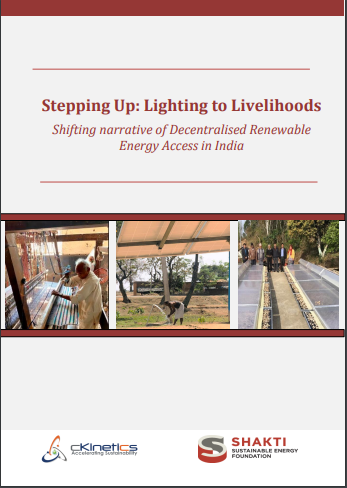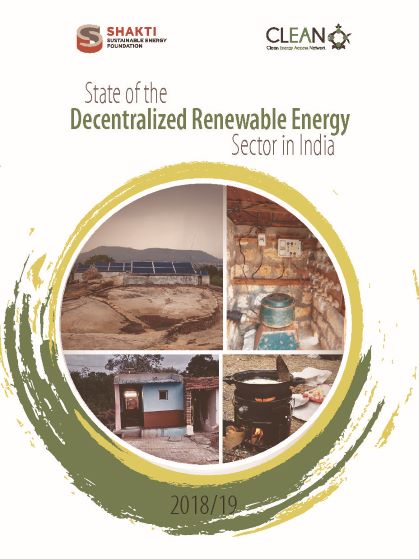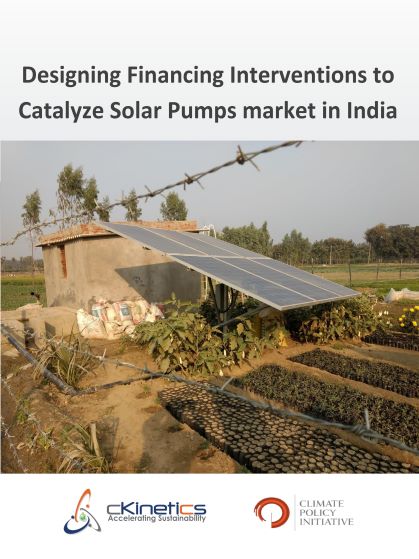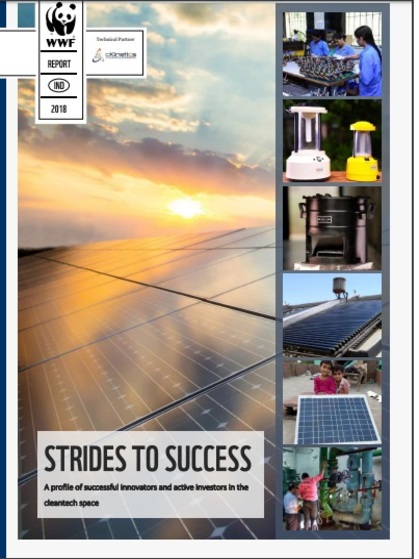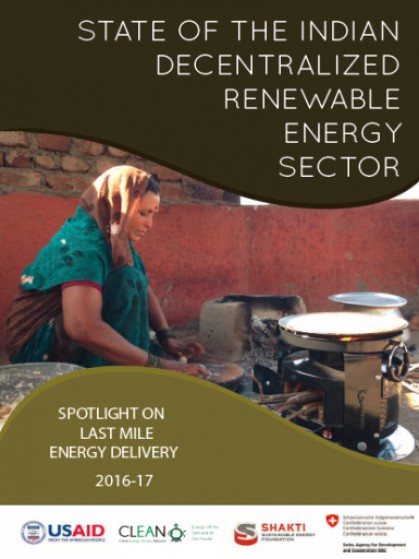Small Size, Big Impact: Macro view of opportunities for micro solar water pumps in India
Agriculture is credited with employing over 50% of India’s population. As the country transitions towards the realm of renewable energy, the push towards solar water pumps (SWPs) also is gaining ground and presents an opportunity to improve accessibility to irrigation. Currently, across the country, nearly 21 million pumps are energized by the grid[1] while another 7.5 million are powered by diesel/kerosene[2]. The latter is largely due to erratic and unreliable electricity supply or delays in getting an electricity connection for agriculture. While there has been an increasing deployment of solar-based irrigation solutions (~177,000 solar pumps as of March 2018) as a sustainable alternative to diesel/kerosene pump, the access to solar water pumps (SWP) has been limited with typically only the large farmers acquiring the same.
% share of land-holdings in India
Source: Agricultural Census 2015-16
Currently, the majority of the solar pumps deployed in the country are of 3 HP or 5 HP, which translates into land requirements ranging between 2-3 acres[3], as per typical norms. However, according to the 2015-16 agriculture census, 86% of the agricultural land belongs to small and marginal farmers who have a land-holding of less than 2 hectares[4] and in absence of good irrigation, support remain largely engaged in monsoon fed irrigation only. These small and marginal farmers cannot afford large SWPs and are excluded from this evolving narrative. There is a need to empower such smallholder farmers through access to affordable and efficient renewable energy-based irrigation technologies to reduce their dependence on diesel generators. This can further facilitate an increase in agricultural productivity and consequently income generation from farming. In this context, micro solar water pumps (<1 HP) offer a viable solution to meet the irrigation requirements of these farmers. These sub 1 HP pumps are portable, making it effective for farmers with smaller and fragmented land holdings. Additionally, these smaller pumps have the potential to minimize the extent of groundwater depletion as they can pump only a limited amount of water.
Micro-solar pumps – an innovative solution however still quite nascent
Micro-solar pumps can be used for drinking water purposes, livestock watering, village water supply, and crop irrigation (for crops that are not too water intensive). Currently, there are around 5-6 micro SWP manufacturers in India which offer pumps of 0.25, 0.5 and 0.75 HP capacity, which is aligned to the technical specifications released by MNRE in 2017. These include Shakti pumps, Rotomag Motors and Controls, Lubi Solar, Nimbus Solar, and Jain Irrigation. Additionally, Cygni is also looking to enter the market with a micro solar water pump of 0.25 HP. Odisha is one of the few states where 0.5 HP has been installed (~100 pumps) under MNRE but it is for the purpose of drinking water.
Most of the current interventions are pilot cases and the micro SWPs are yet to achieve scale. Micro-solar pumps need to demonstrate their cost-effectiveness to quickly trigger scale.
Role and Opportunities in India
Given their size, micro solar water pumps are suitable for regions which typically have a water table level ranging between 2 to 6 meters. As per a GIZ supported study, the states of Assam, Bihar, Jharkhand, Odisha, upper regions of West Bengal and coastal regions of Kerala, Karnataka and Maharashtra hold potential for the deployment of micro solar water pumps depending on the number of crops irrigated in each agricultural land holding. Typically, such pumps can support the irrigation of two water intensive (with a minimum of two crop cycles) and one less-water intensive crop. The figure below represents the districts which are the most promising deployment areas for micro-SWP supported irrigation solutions. These pumps would ideally fit the demands of farmers who cultivate vegetables, fruits, flowers and only in certain cases fit the requirements of farmers who grow water-intensive cash crops (i.e. <15,000 liters per day)[5]. However, as is the case with emerging solutions, the deployment of these pumps is expected to face challenges.
Districts with maximum potential with Micro SWP
Source: CEEW and GIZ (2017)
Challenges and way forward
Presently, a 0.1 HP solar water pump is priced at INR 30,000, while a 0.5 HP pump is priced at INR 80,000. While, in terms of absolute cost, these are cheaper than the larger SWPs however on a per HP basis, a 5 HP DC solar pump costing INR ~ 247,000 is far more economical than a 0.5 HP micro solar water pump (INR 24,710 vs 80,000). Currently, micro solar water pumps are in a pilot stage and are yet to achieve economies of scale and thus deemed as less cost-effective.
Secondly, in states such as Bihar which has one of the highest shares of small and marginal landholdings, farmers are provided a subsidy of INR 50 per liter on Diesel under the ‘Bihar Diesel Anudan Yojana’. Under this scheme, a farmer with one acre of land can avail a subsidy of 10 liters of diesel for each round of irrigation[6]. Due to delay in the launch of KUSUM scheme, the state government has increased the diesel subsidy offered to farmers. It has been reported that Bihar received nearly 23 lakh applications for diesel subsidy in the current Rabi season. This is primarily because the state has been reeling from a severe drought. Per a survey conducted by Koan Advisory in Bihar, all the farmers in the surveyed group received amount average between INR 1,320-2,376 as diesel subsidy in 2018.
As per inputs from Nikhil Goveas from Koan Advisory, “In order to help catalyze the opportunity for these pumps, the KUSUM scheme can be enhanced to include a sub-segment allocation for micro solar water pumps in states where utilization of micro SWPs is deemed feasible”. Further, given that the subsidized rate of micro solar pumps would be INR 32,000 (if 60 percent subsidy is allotted for these pumps under KUSUM), the market presents an opportunity for financial institutions such as banks (PSUs/RRBs) to provide end-user financing, which can reduce the upfront capital cost burden on farmers. In conjunction with the initiatives mentioned above, to truly enhance adoption, small and marginal farmers need to be made aware of the benefits of micro solar water pumps, so that significant impact can be realized.
Sources:
[5] Koan Advisory (2019), 'Exploring the Potential, Scope and demand for micro solar pumps in India
[6]https://www.thehindubusinessline.com/economy/agri-business/as-rollout-of-solar-pump-scheme-is-delayed-bihar-offers-higher-diesel-subsidy-to-farmers/article26934675.ece
